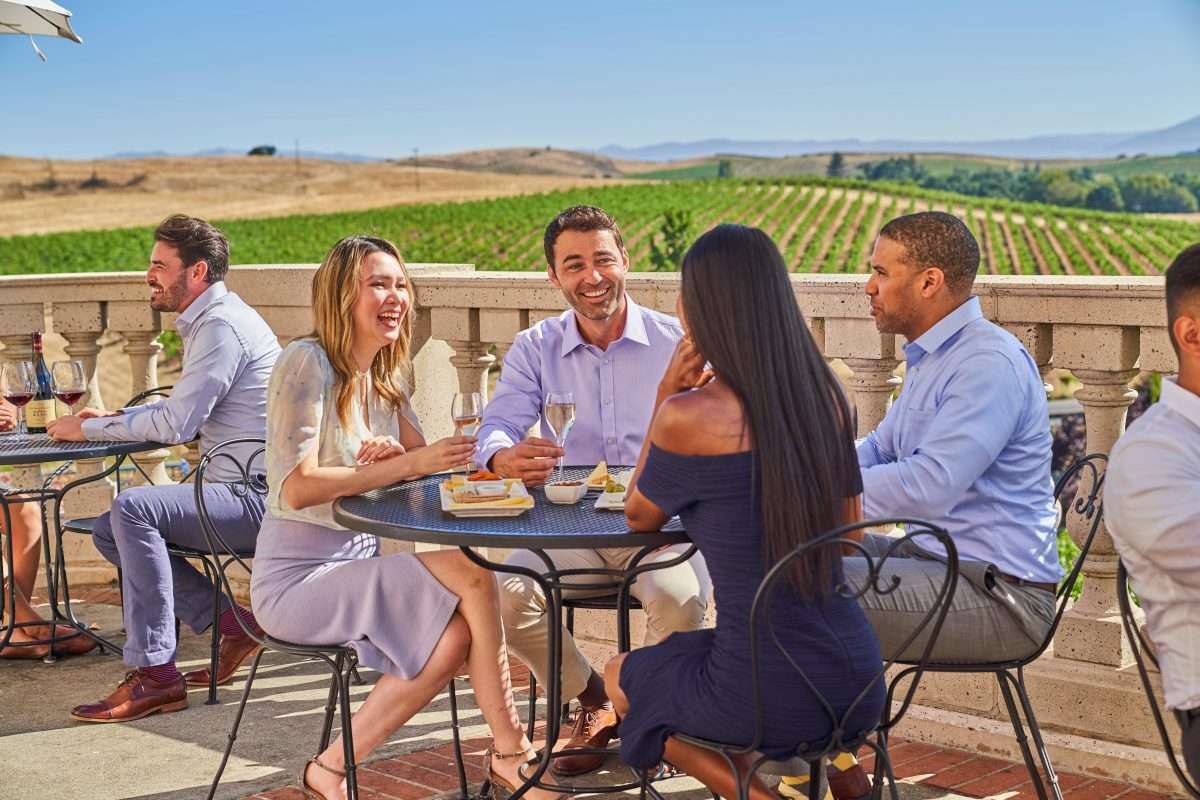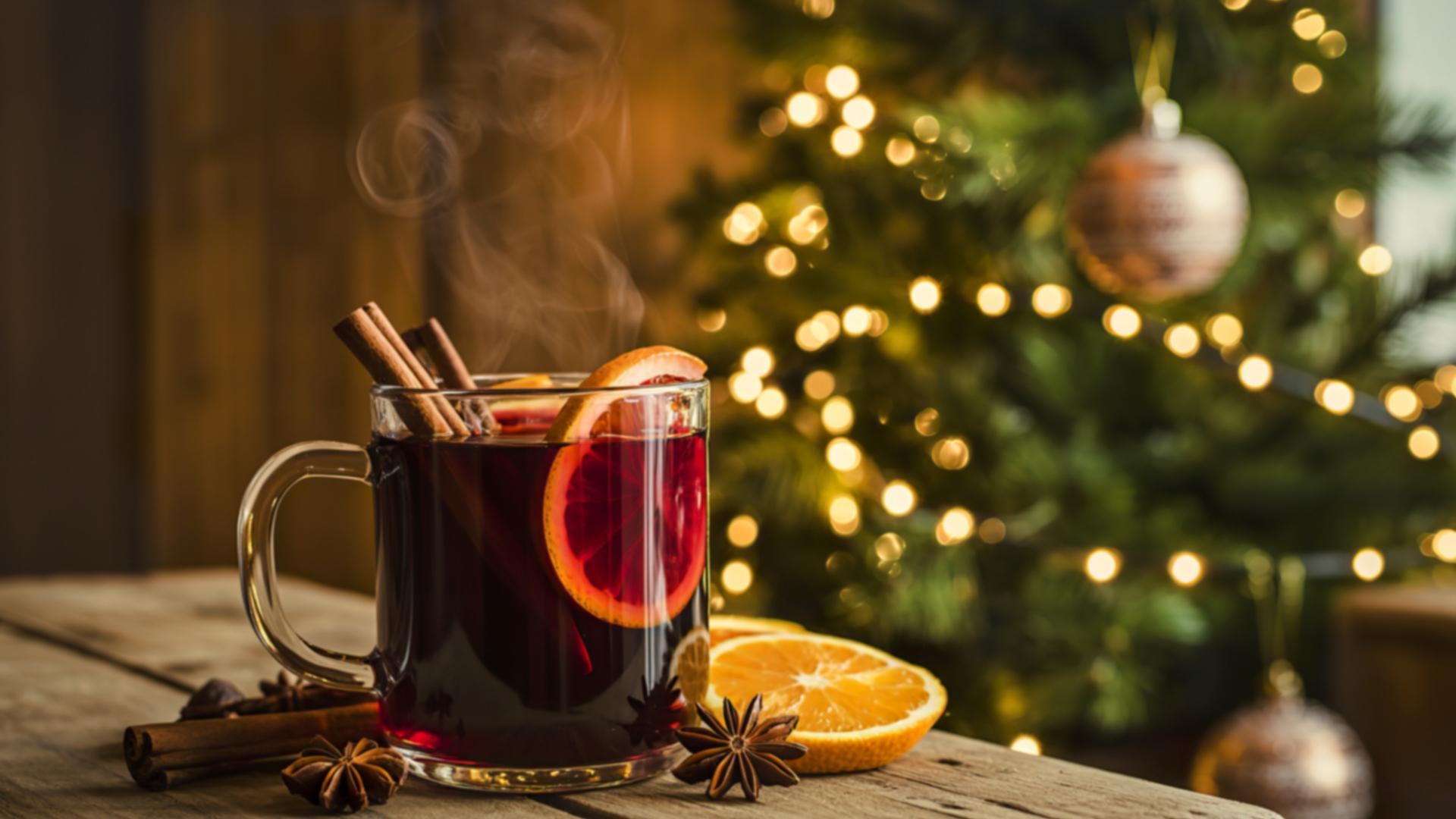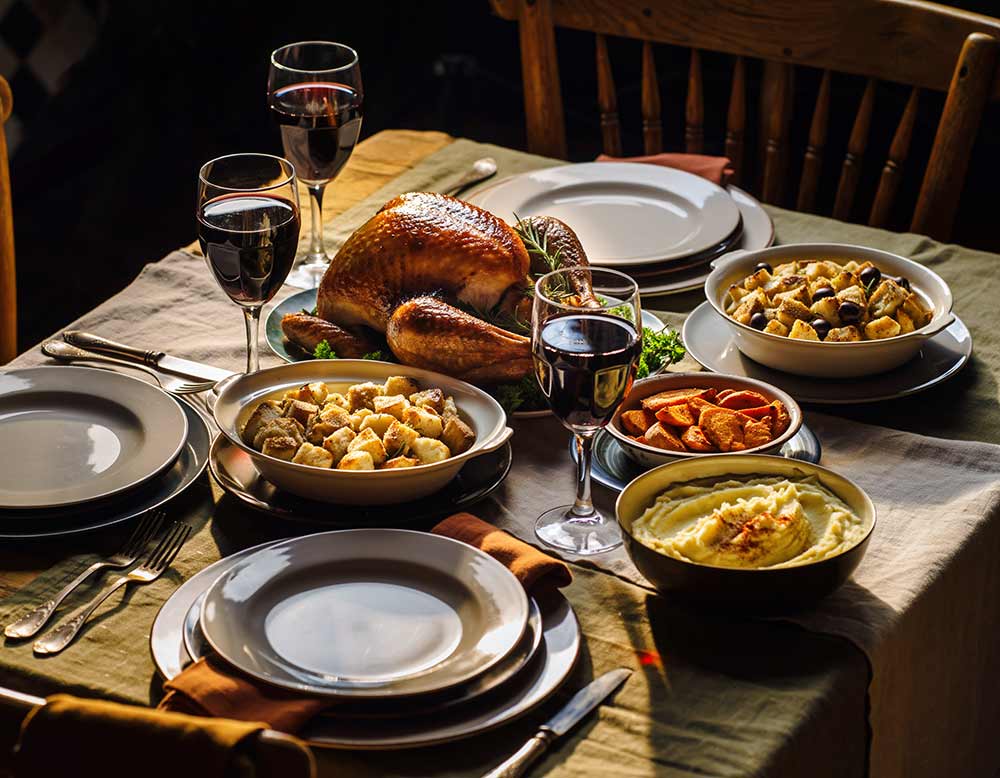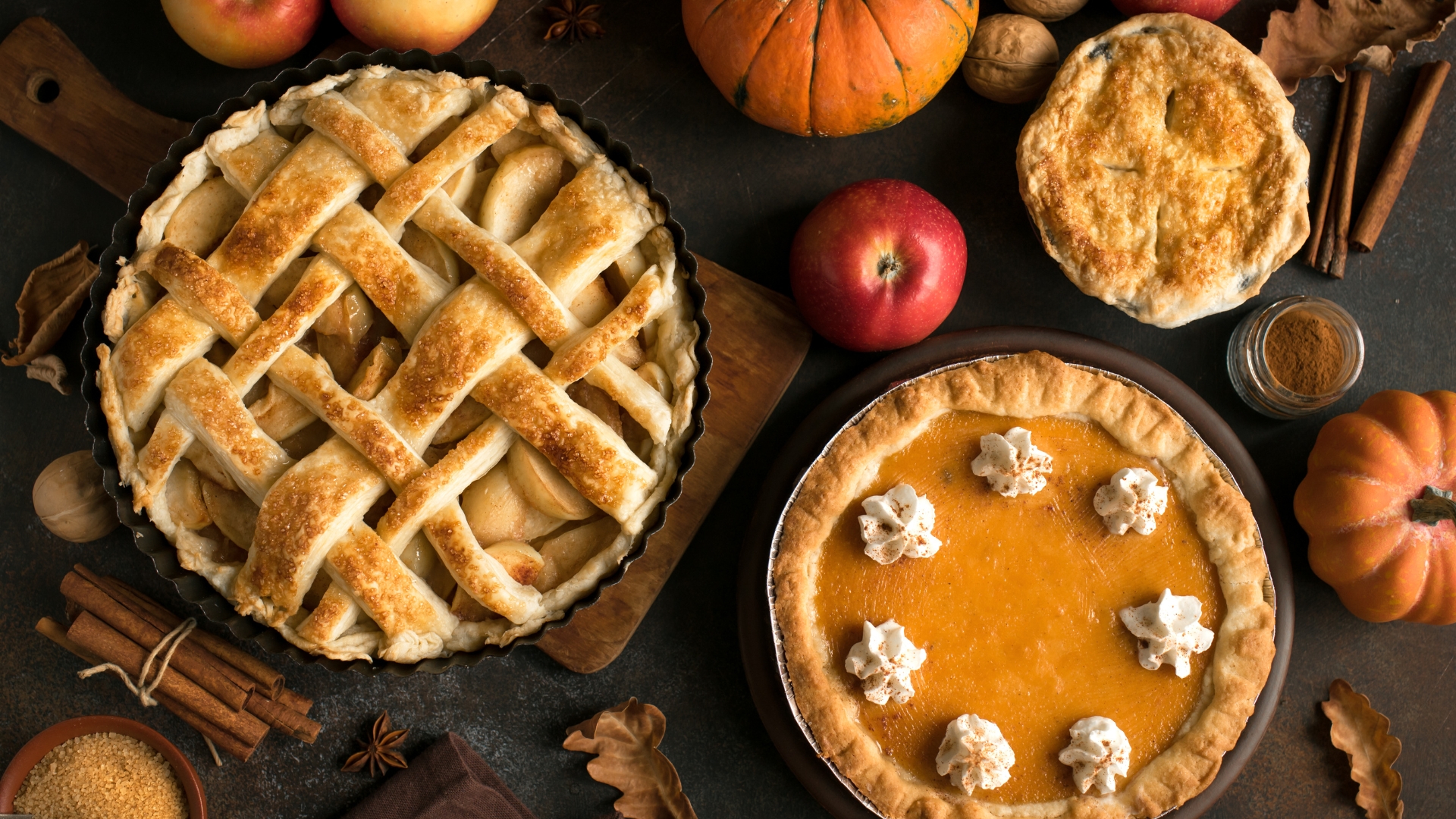Sauvignon Blanc is one of the most beloved white grape varieties and for good reason. Crisp, vibrant, and bursting with fresh fruit, it is a versatile wine that is enjoyable anytime of the year. While New Zealand may be the first place that comes to mind, Sauvignon Blanc thrives in wine regions all over the world. Many factors shape its flavor, but terroir, the unique combination of climate, soil, and environment, is one of the biggest influences on its character. Let’s explore some of the most celebrated Sauvignon Blanc regions and see how their differences shine in the glass.
New Zealand
Aromatic & Zesty
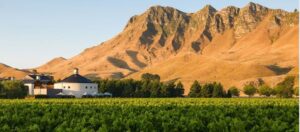
Craggy Range Winery
- Style: New Zealand Sauvignon Blanc bursts from the glass with vivid aromas of passion fruit, lime zest, gooseberry, and fresh-cut grass, often accented by hints of bell pepper or tomato leaf from naturally occurring pyrazines. On the palate, it offers a lively mix of juicy fruit and crisp acidity, ending with a clean, refreshing finish.
- Why: Abundant sunshine allows the grapes to reach full ripeness, developing intense fruit character, while the region’s cool nights lock in vibrant acidity and freshness. This dramatic day-to-night temperature swing helps concentrate the grape’s aromatic compounds, giving New Zealand Sauvignon Blanc its signature zesty, tropical, and herbaceous profile.
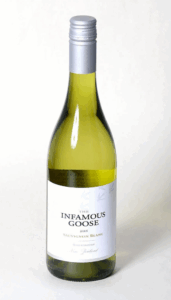
Infamous Goose Sauvignon Blanc
France
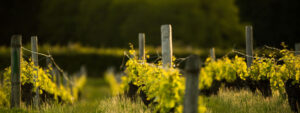
Bordeaux
Structured & often blended
- Style: Bordeaux Sauvignon Blanc, often blended with Sémillon, produces dry whites that are more rounded and layered than single-varietal wines. They typically showcase citrus and herbal notes, and when aged in oak, they gain additional richness, texture, and subtle vanilla or toast nuances.
- Why: Bordeaux’s slightly warmer climate allows the grapes to ripen more fully, producing softer, more rounded flavors than the leaner wines of the Loire. Blending Sauvignon Blanc with Sémillon or other varieties further mellows its natural sharpness, adding body and complexity to the wine.
Loire Valley
Elegant & mineral-driven
- Style: Loire Valley Sauvignon Blanc is known for its purity and elegance, showcasing bright citrus flavors like lemon and grapefruit alongside subtle green notes of gooseberry and fresh grass. The region’s limestone and flint soils impart a distinctive mineral edge, giving the wines a crisp, mouthwatering finish.
- Why: The Loire Valley’s cool climate slows grape ripening, which helps retain high acidity and fresh, vibrant flavors. Its limestone and flint soils add a subtle stony character, often described as a flinty minerality, that is a hallmark of the region’s wines.
Sancerre
- Sancerre is a renowned wine appellation in the Loire Valley of France, primarily known for producing Sauvignon Blanc. Wines from Sancerre are celebrated for their crisp acidity, bright citrus and green fruit flavors, and distinctive flinty or mineral notes, reflecting the region’s cool climate and limestone-rich soils.
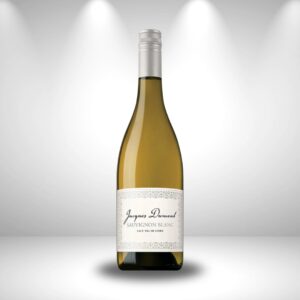 Jacques Dumont Sauvignon Blanc
Jacques Dumont Sauvignon Blanc
Italy
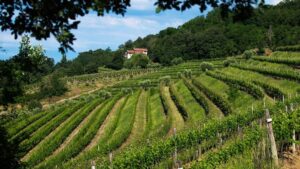
North & Northeast (Friuli, Alto Adige)
Crisp, elegant, mineral, with herbal and floral notes
- Style: North and Northeast Sauvignon Blanc from Friuli and Alto Adige is bright and elegant, with crisp acidity that highlights flavors of citrus, green apple, and subtle herbs. Delicate floral notes and a pronounced mineral character give the wines a refined, layered style that is both fresh and sophisticated.
- Why: The cool alpine and Adriatic-influenced climates slow down the grape’s ripening process, helping the fruit retain its natural acidity. This extended growing period also allows more time for delicate and complex aromatics, such as herbs and floral notes, to fully develop.
Coastal Tuscany & Veneto lowlands
Riper, rounder, fruitier, sometimes oaked
- Style: Coastal Tuscany and the Veneto lowlands produce Sauvignon Blanc that is riper and more rounded, with juicy fruit flavors like peach, melon, and citrus. Some wines see a touch of oak, which adds subtle creaminess and softens the acidity, creating a richer, more approachable style.
- Why: The warmer Mediterranean and lowland climates allow the grapes to reach full ripeness, which naturally develops sweeter, more concentrated fruit flavors. This heat also softens the grapes’ acidity, resulting in a rounder, smoother texture and a more generous mouthfeel.
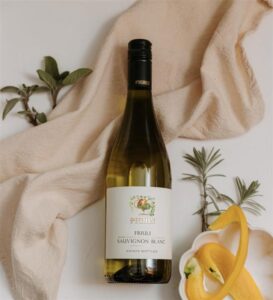
Pighin Friuli Sauvignon Blanc
California
Riper & fruit-forward
- Style: California Sauvignon Blanc tends to be riper and more fruit-forward than its cooler-climate counterparts, showcasing flavors of melon, peach, and tropical fruit.
- Why: California’s warmer climate allows the grapes to ripen fully, producing lush, concentrated fruit flavors and naturally lower acidity than cooler regions. Additionally, winemakers often use oak or lees aging to add texture and complexity, which enhances the wine’s roundness and creates subtle notes of vanilla, toast, or creaminess.
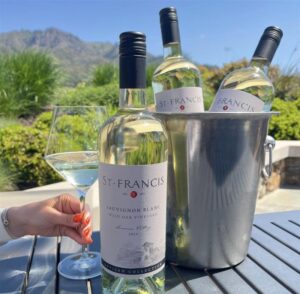
St. Francis Sauvignon Blanc
Chile
Fresh with herbal lift
- Style: Chilean Sauvignon Blanc is typically bright and fresh, combining the crispness of cooler climates with ripe, approachable fruit. Its flavor profile often features zesty citrus, green apple, and tropical notes, complemented by subtle herbal or grassy hints and sometimes a touch of saline minerality from coastal vineyards.
- Why: Cool coastal breezes help regulate vineyard temperatures, preventing the grapes from over-ripening and preserving their natural acidity and crisp, fresh flavors. At the same time, Chile’s long growing season allows the fruit to develop fully, building concentrated citrus, tropical, and herbal notes while maintaining balance and structure.
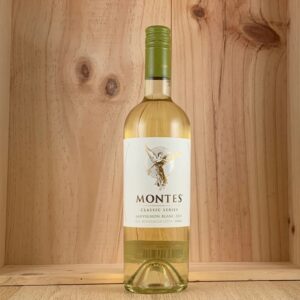
Montes Sauvignon Blanc
No matter which region you choose, you can’t go wrong with a crisp glass of Sauvignon Blanc.
Find a Retailer Near You: Find a Retailer – Wine 365
Shop Wine Here: Wine 365 Boutique – Wine 365

